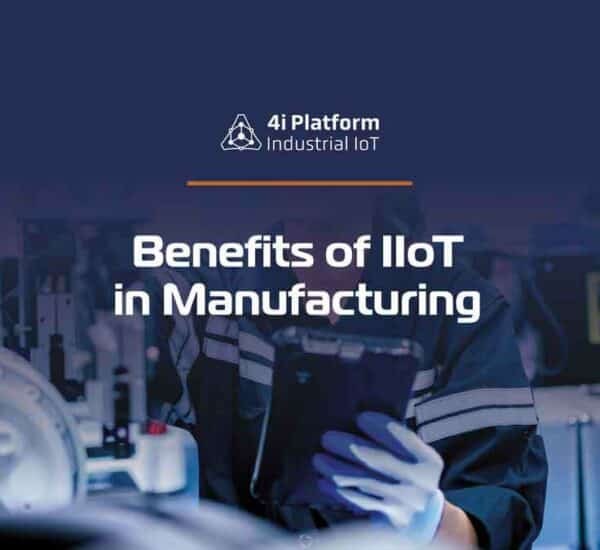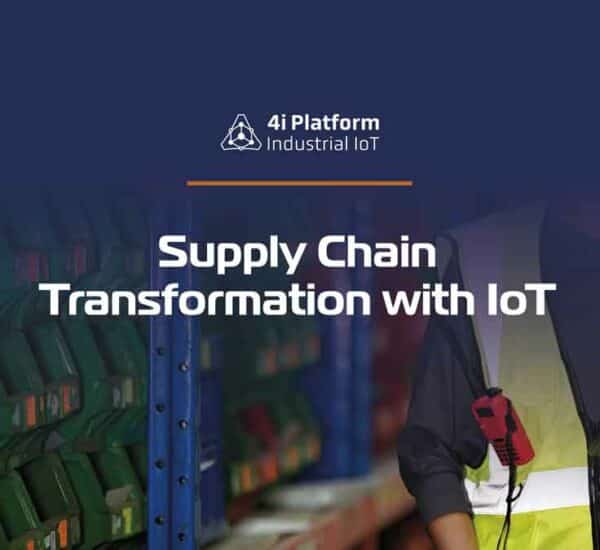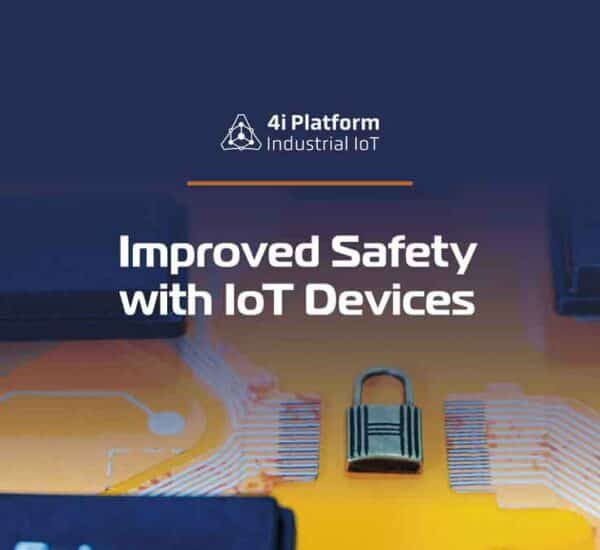The Internet of Things (IoT) is everywhere today. This deluge of the technology may make it feel just like some IoT applications are more necessary and useful than others. For instance, you don’t need a smart home to endure. But smart traffic controls can save time and lives in today’s crowded metropolitan areas.
Manufacturing and industrial IoT applications bring myriad benefits to the companies that employ and optimize them. But as in our example above, it can be difficult to identify the IoT-enabled advantages that are really making a difference in operations. Let’s look at 5 large benefits that IoT brings to the table for practically every business.
Optimize Supply Chains and Inventory Tracking
Supply chains are heavy and complicated, and they involve a variety of parties and restrictions. With IoT sensors and scanners, we can carefully track the journey of a commodity as it makes its way across the world. Adding GPS to the mix brings more transparency into the real-time location of a dispatch.
Scanners can also be passive RFID readers that scan for barcodes as shipments come in through a loading dock. This saves time and effort for workers, leaving them to operate on other business operations.
More Efficient Facility Management
Building prices (lighting/electricity, HVAC, water, and more) take up a big part of a company’s budget and expenditures. Fortunately, IoT can help optimize and automate much of the hard work.
Consumer IoT teaches us that segmentation can kick up your IoT application a notch or two. We can apply this to industrial IoT applications by creating separate profiles for each part of the building: the preferences and habits of the occupants of each profile can customize and dictate many aspects of the IoT system, like temperature and lighting.
Because some teams and floors need different surroundings (conference rooms aren’t always in use, so they can use smart lights whereas the engineering floor may need lights between 7 AM to 7 PM), IoT apparatus can adapt automatically after gathering a few days worth of data. Devices in the system can also keep an eye on motion; for example, the conference rooms most likely don’t require power during the weekends.
The automation of simple optimizations like temperature and light saves the end-user time as well. They just have to set up the system once, and from there, it can run itself.
Create a Safer Workplace
IoT sensors can create a safer workplace for workers and maintenance staff. Employees can freely roam to parts of the facility without scanning their badge over and over again because sensors scan their badges in real-time and check against access principles to allow the worker in or block them from entering.
Sensors can also watch over machinery and alert staff when a machine isn’t behaving properly; these early warnings can save employees from getting hurt or worse. In 2017, over 4,000 workers died of preventable causes, so enhancing access control and preventative maintenance can literally save lives.
Access control can also help prevent cybersecurity issues by ensuring the sensitive information is in the proper hands. Since data breaches can cost an average of $120,000, IoT systems can often pay for themselves quickly after implementation.
Provide Safer Products to Customers
Keeping an eye on perishable goods is really important. When something goes wrong in the food supply chain, millions of customers can be affected or even severely hospitalized. Achieving compliance and customer safety can be easy for businesses with an IoT system.
Following FDA guidelines for food temperature during each step of the procedure can seem complex. But automating sensors and analysis applications can help businesses keep an eye on every single product in one spot. For example, food products that need to stay refrigerated cannot be sold if they’ve been sitting for more than two hours at 40°F or higher temperatures.
With wireless connectivity, information not just gets added into the IoT system, but external data from truck locations, power losses in the area, and opening of refrigerator doors can also help determine what to do . Cutting down reaction time is of the utmost importance: food recalls jumped by 92% between 2012 and 2017.
Have A Better Way Of Understanding Customers
For retailers, grabbing customers’ attention on the road and in the shop is important. With location-based sensors, it is easier to allow a passer-by understand that the entire store is on sale.
On the other hand, for customers, location-based technology offers geofencing, which can help with everything from real-time walking directions to promotional offers to personalized recommendations. These sensors can even supply instructions to the specific product you’re seeking out.
Retailers can keep an eye on the sensors to examine what the most popular areas of the store are, making it easier to rearrange products and order more inventory based on predictive analytics. IoT can also assist a business learn what hours, locations, and days of the week are popular for customers.
Dunkin Donuts, headquartered outside of Boston, recently applied geofencing to promote to consumers at nearby competitor locations. 36% of customers required Dunkin Donuts up in their offers.





